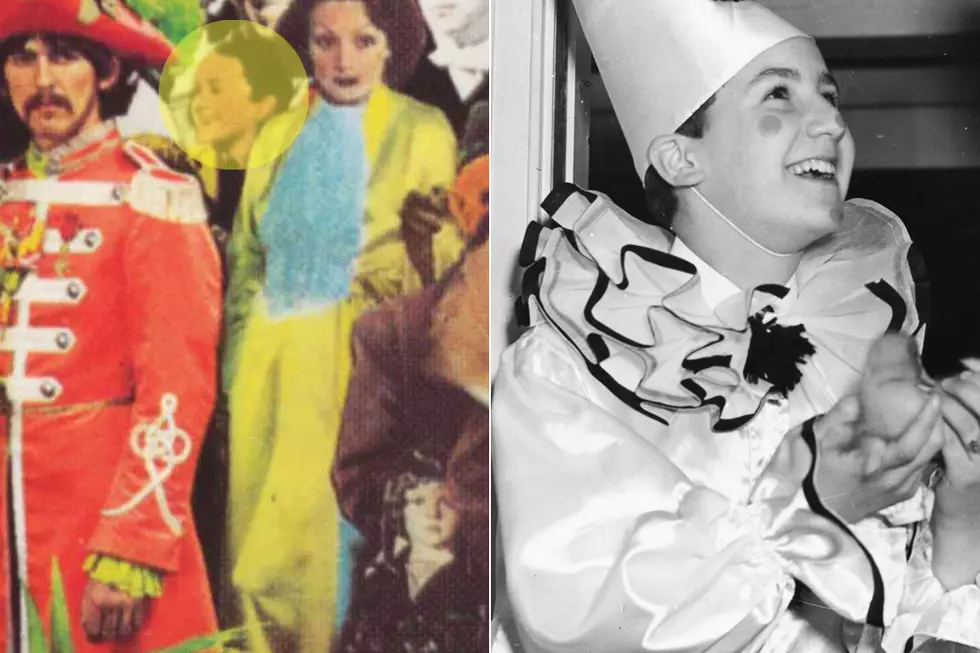
MSU Scientist’s Big Idea About Building Materials Will Shape National Research Priorities
BOZEMAN — If researchers could figure out how to make durable, recyclable structures on Mars using the planet's native dirt and a new generation of advanced chemistries, they could also solve some of the most pressing 21st-century infrastructure challenges on Earth.
That's the core of Montana State University researcher Chelsea Heveran's "Big Idea" — as the National Science Foundation calls it — that was one of only seven entries to win the agency's 2026 Idea Machine Competition at an award ceremony today. The NSF received more than 800 proposals for the competition, in which teams from all walks of life submit their visions for fundamental, impactful research. The program is designed to help shape national research priorities in the coming years.
"We're just thrilled," said Heveran, assistant professor in the Department of Mechanical and Industrial Engineering in MSU's Norm Asbjornson College of Engineering, who won the competition's Meritorious Prize with colleague Juan Pablo Gevaudan, research fellow at University of Leeds and an affiliate faculty member at Penn State University. By shaping the national research agenda, "this could translate into a lot of funding for labs all over the country that are interested in working on these problems," she said.
In addition to receiving a $12,000 cash prize at the ceremony in Washington, D.C., Heveran and Gevaudan met with NSF program directors and the National Science Board to further share their thoughts on how researchers could create a new generation of building materials capable of tackling some of the 21st century's biggest challenges, including human habitation on Mars.
"On Mars, we'll need our buildings materials to do a lot more for us than they currently do on Earth," Heveran said. The ideal material would be composed mainly of Martian dirt, so that spacecraft wouldn't have to haul heavy cargo from Earth, and would be easily recyclable. To withstand the planet's dramatic temperature swings, it would need to be stronger and more durable than concrete and even able to self-heal cracks. And in the labor-constrained environment of a distant planetary outpost, it would have to be easily manipulated by machines, perhaps pre-programmed to layer the material like clay coils forming a pot.
The idea of building with Martian soil isn't itself new, but Heveran and Gevaudan's proposal draws from their expertise in material science to create a roadmap of converging research challenges that could achieve that goal.
According to Heveran, a Mars-inspired breakthrough in material technology would also help to meet pressing needs on Earth, such as repairing aging infrastructure, building affordable shelter for a growing population and reducing reliance on resource-intensive materials like concrete.
It's a tall task, but living organisms on Earth provide inspiring examples of what human-made materials might become, Heveran said, citing the pearlescent shell of the abalone. Made almost entirely of the same chemical compound as crumbly chalk, it manages with a twist of organic chemistry to become tough to shatter with a hammer blow.
"I'm very interested in how we can leverage lessons from biology," said Heveran, who is the lead author of a recently published scientific paper on "living building materials" that was featured in a story in The New York Times. That research, in which Heveran's team harnessed photosynthesizing bacteria to turn sand into easily recyclable bricks, overlaps with the broader research program she envisioned for the NSF competition.
"MSU researchers regularly contribute to groundbreaking discoveries in their respective fields, and it's exciting to see their ideas help chart research goals on a national scale," said Jason Carter, MSU vice president for research, economic development and graduate education.
The 2026 Idea Machine Competition was devised by the NSF as a creative way to engage a broad range of contributors in determining national research priorities for the decade beginning in 2026. In 2016, NSF staff developed 10 "Big Ideas," including quantum computing and navigating a melting Arctic, to guide transformative advances in science and technology, and announced $30 million in funding for each category in 2019. The ideas gathered through the 2026 Idea Machine may be modified by NSF staff and used to shape future NSF funding opportunities.
"It's a whole frontier of new science," Heveran said. "It's going to be fun."
- By Marshall Swearingen, MSU News Service -
More From K96 FM









